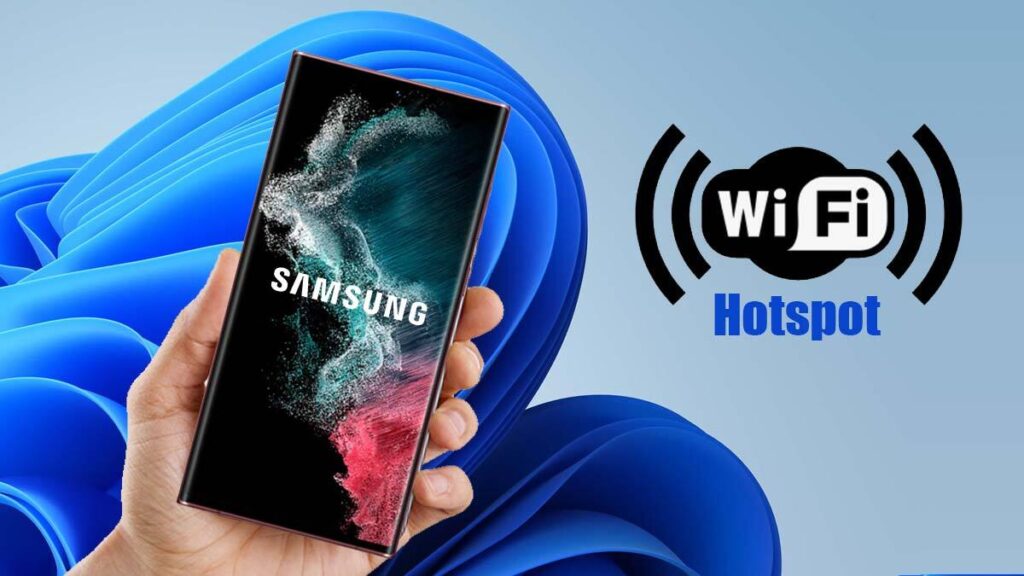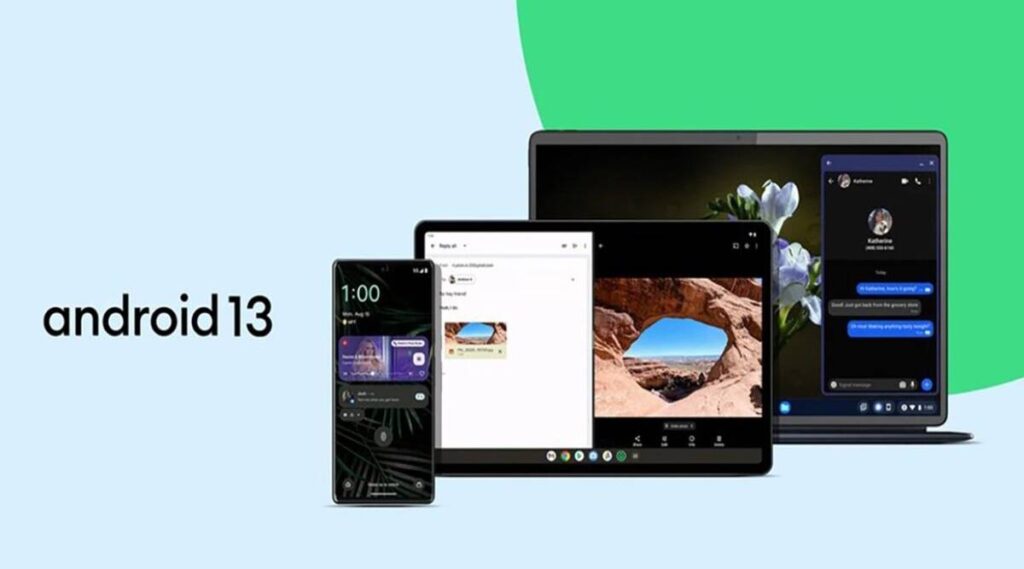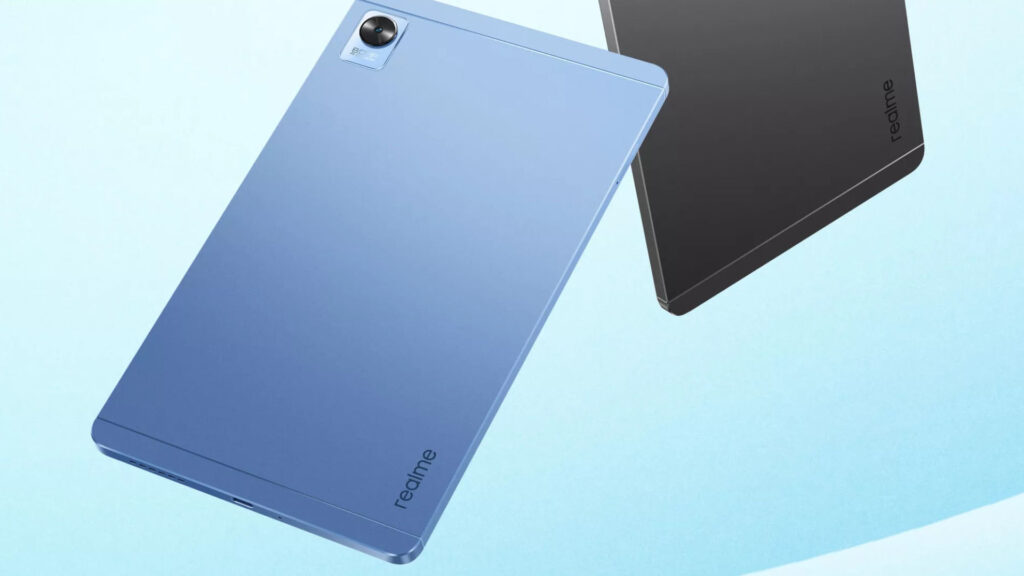Now users can connect to Android Phones via hotspot on Windows 11
Tech giant Microsoft has launched a Windows 11 preview build with an update for “Phone Link” that will allow users to directly link their computer to their Android phone through a mobile hotspot.

The “Phone Link” feature of Windows 11 will soon allow laptops and desktop computers to instantly connect to your smartphone. The new feature only works with a restricted range of Android phones. Phone Link, which was made public as a component of the Windows 11 25231 preview build for Windows Insiders, will now enable the hotspot on your smartphone right from your desktop.
Microsoft noted in a blog post, “We’re excited to announce that you can now instantly access your mobile phone’s hotspot on your PC via the Phone Link app. The instant hotspot feature lets you securely start and connect to your phone’s Wi-Fi network without touching your phone.
When your phone is within range it will appear in the Wi-Fi network list on your PC where a single click turns on the phone’s hotspot and connects to it. No more remembering and typing passwords or searching for hotspot settings on the phone. This provides an easier and faster way to repeatedly connect to your hotspot when you are on the go.”
According to Android Authority, Windows Central has reported that Microsoft is now releasing a Windows 11 preview release that is exclusively available to the company’s Insiders on its Dev Channel.
This preview’s build version offers a few improvements and fixes. With this upgrade, users will now be able to use the Windows Wi-Fi bar to instantly link Windows 11 to the mobile hotspot on their phone.
The feature is comparable to Apple’s macOS and iPhones, which enables seamless hotspot connection without requiring passwords between the two devices. When both Apple devices are linked to the same Apple ID, users can link their Macbook to their iPhone hotspot.
Since Windows and Android belong to distinct ecosystems, the same has not yet been possible on those platforms. However, now Windows PCs and Android devices can sync via the Phone Link app. The app was first released in 2018 under the name “Your Phone,” which allowed users to get texts and other alerts from their smartphones on their PCs.
The Phone Link feature, however, is presently restricted to Samsung smartphones with Android 12 and above. Users must have a laptop or PC running Windows 11 (22H2 Build 22621), Wifi, Bluetooth, and the Phone Link app((v1.22082.111.0) in order to use this new feature.
A Samsung Galaxy device with One UI 4.1.1 (or higher) like Galaxy Z Fold 4, Galaxy Z Flip 4, Galaxy S21, or Galaxy S22 is also required. Reports suggest that Microsoft might eventually decide to support additional devices like the Surface Duo.
To modernize the experience, the Preview Build also contains changes to the System Tray and tablet-optimized taskbar. The UWP app icons’ appearance has been fixed, and the font in the Wi-Fi portion of Quick Settings has been made uniform. Another bug that caused applications like Windows Terminal and Paint to crash whenever users attempted to display a tooltip was also patched by Microsoft.
Over the past few years, Samsung has intensified its partnerships with Google and Microsoft. For over a year, Samsung was the only company to provide the Wear OS 3 OS, and now the Samsung Galaxy phones are the first to receive the new Microsoft Phone Link feature.

I am a law graduate from NLU Lucknow. I have a flair for creative writing and hence in my free time work as a freelance content writer.






